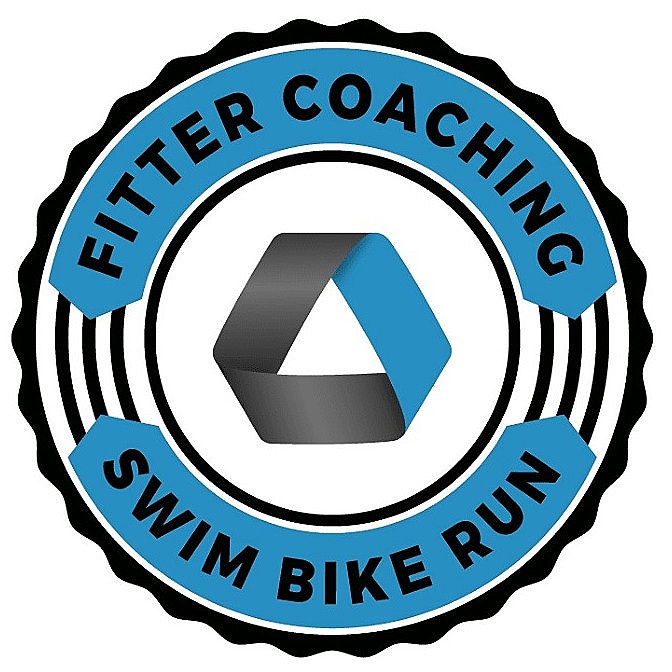INSCYD Performance Projections - Creating Laser Focused Programs
INSCYD allows us at FITTER to create laser focused training programs for athletes because it gives us greater information on how the performance of an athlete is composed. Quite often you might identify several metrics and areas which offer room for improvement based on the goal the athlete is striving for. The question now is, which parameter do you tackle first in training.
The answer to this question is twofold:
1. How much time do you have / when is the race / what is the goal of the athlete
2. Which metrics offers the biggest room for improvement.
The first one is pretty easy to answer, however for the second we can use INSCYD to help by creating a virtual test. Virtual tests allow us to project a performance outcome by changing just one of any single performance metric – or even several in combination. For example, if you assume an improvement of VO2max is possible within the available time period, we can simply enter this as the metric to change. We then use the ‘Multi Athlete Metabolic Profiling’ link within INSCYD to directly compare the original and the projected performance.
When you make a performance prediction by changing one or more physiological metrics for your athlete you are creating a ‘what happens if…’ view into the future. This is not about understanding if – for example – an increased VO2max or better running economy has a positive effect on endurance performance… we know this already. The performance projection is about being able to quantify exactly the magnitude of performance improvement which comes with such an increase.
In other words, if in a follow up test your athlete demonstrates the exact same physiological metrics (VO2max, VLamax, body composition etc) you selected on your performance projection, the results you get with the test data will be exactly as the projected ones. Therefore, the performance projection allows you to make a very precise estimation of the future performance of your athlete, based on the physiological adaptions you are developing with the training program. Check out this video from INSCYD https://vimeo.com/258887734
As an example: let’s say you want to increase your FatMax and lower carbohydrate combustion rate. You know you need an improvement in power at a certain fat and carbohydrate combustion rate. You change the metric you want to target in training in the upcoming weeks to a level you see as being realistic to achieve in the given time period. For example, you assume an increase of VO2max by 5 ml/min/kg with the prescribed training. We can change the original VO2max by 5ml/min/kg, re-run the analysis and check the magnitude of change in Fat and Carbohydrate combustion. If the 5ml/min/kg - in this example – did not result in the desired adaptation of Fat and Carbohydrate combustion rates, we go back and choose a higher – still realistic increase of VO2max, OR combine the change in VO2max with a change in other metrics such as body composition.
You can repeat this procedure with other metrics such as VLamax, body composition, energy cost etc. – depending on which metric you are wanting to work on in training. That way you will be able to not only understand but also quantify the adaptations required to reach a specific goal.
You can now be much more confident that the training you’re prescribing is targeting the correct physiological metrics the athlete needs to improve to actually reach his/her goals.
Interested in performing an INSCYD test? Go to our website for more details https://www.fitter.co.nz/inscyd
Bevan McKinnon
August 2020

